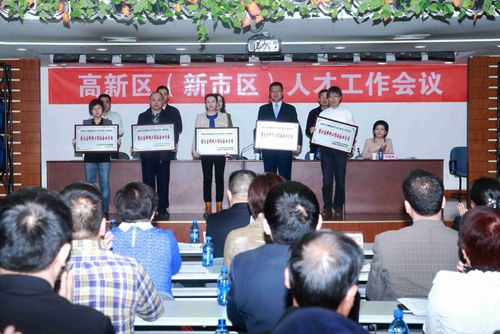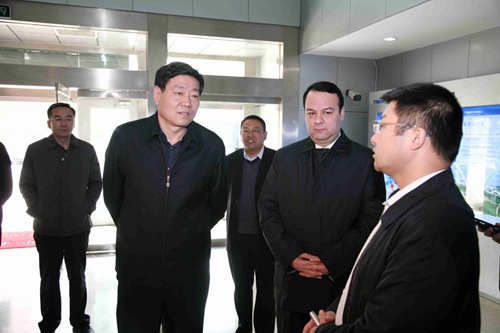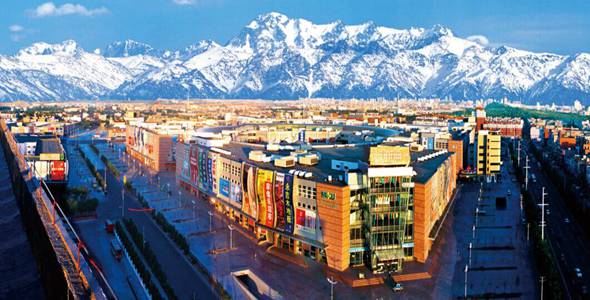Industrial zone's work on human resources
( chinadaily.com.cn )
Updated: 2015-08-13
|
|||||||||
The Urumqi State High-tech Industrial Zone in Urumqi, Xinjiang Uygur autonomous region, was designated as a trial plot of talented personnel management in November 2011.
Since then, the zone has been building itself into a talent base to aid its technological development.
 |
|
A conference on talented personnel is held at the Urumqi State High-tech Industrial Zone in the Xinjiang Uygur autonomous region. [Photo provided to chinadaily.com.cn] |
Through its green channel for talent, the zone recruited 62 graduates with a master’s degree or higher in 2015. Enterprises from the zone also attended exchange activities for talented personnel and signed cooperation agreements with 124 experts and returnees specializing in the fields of new energy, new material, biomedicine, energy saving and environmental protection.
 |
|
Shi Dagang (L2), vice-chairman of the Xinjiang Uygur autonomous region, visits the Urumqi State High-tech Industrial Zone to investigate its work on talented personnel. [Photo provided to chinadaily.com.cn] |
The zone now has three national level laboratories and 37 regional level engineering and technological centers.
By Yang Fan and edited by Jacob Hooson






